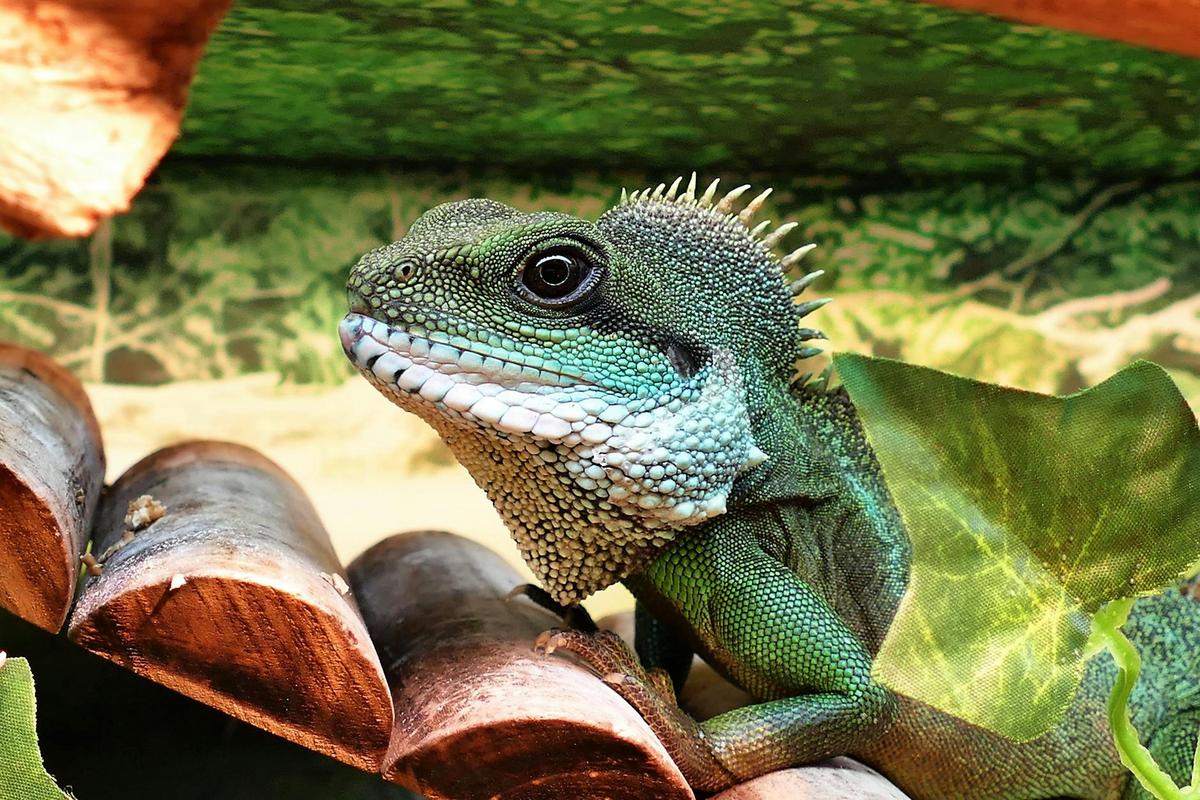
Caring for Reptiles: Terrarium Tips and Tricks
Reptiles are fascinating creatures that offer a unique pet ownership experience, but caring for them requires a specific set of skills and knowledge.
Understanding Reptile Habitat Needs
Creating the perfect terrarium for your reptile is crucial for their health and happiness. Reptiles, being ectothermic, rely on their environment to regulate their body temperature. Therefore, setting up a terrarium involves more than just aesthetics; it is about replicating their natural habitat as closely as possible.
Choosing the Right Terrarium
When selecting a terrarium, size matters. Reptiles need enough space to move around, hunt, and explore. A general rule of thumb is to choose a terrarium that is at least three times the length of your reptile. Glass tanks are popular choices due to their visibility and ease of cleaning.
| Reptile | Minimum Terrarium Size |
|---|---|
| Bearded Dragon | 75 gallons |
| Corn Snake | 40 gallons |
| Leopard Gecko | 20 gallons |
| Ball Python | 40 gallons |
| Crested Gecko | 20 gallons |
| Russian Tortoise | 50 gallons |
| Chameleon | 50 gallons |
| Green Iguana | 100 gallons |
Temperature and Humidity Control
Reptiles thrive in specific temperature and humidity ranges. For example, a bearded dragon requires basking spots with temperatures between 95°F and 110°F, while a crested gecko prefers cooler temperatures around 72°F to 78°F. Use thermostats and hygrometers to monitor and maintain these conditions.
Lighting Considerations
Proper lighting is essential, especially for reptiles that require UVB light to synthesize vitamin D3. This helps them absorb calcium and prevents metabolic bone disease. Ensure your terrarium setup includes a UVB bulb if your reptile needs it.
Substrate Selection
The substrate you choose plays a significant role in your reptile’s environment. It should be easy to clean, safe, and suitable for the species. For instance, paper towels or reptile carpet are excellent for leopard geckos, while coconut fiber works well for humidity-loving reptiles.
Expert Opinions
According to reptile care expert Dr. Emily Roberts, “Creating a habitat that mimics the natural environment is key to ensuring your reptile’s well-being.” She emphasizes the importance of research and consulting with professionals when setting up a terrarium.
Common Mistakes to Avoid
- Overcrowding the terrarium with decorations, which can limit space for movement.
- Using heat rocks, which can cause burns.
- Neglecting regular cleaning, which can lead to health issues.
Frequently Asked Questions
How often should I clean the terrarium?
You should spot clean daily and perform a thorough cleaning every 4-6 weeks.
Can I use regular light bulbs for heating?
Regular light bulbs can provide heat, but it’s essential to use a bulb designed for reptiles to ensure proper temperature and UVB output.
Conclusion
Caring for reptiles requires attention to detail and a commitment to maintaining their habitat. By understanding their needs and setting up a suitable terrarium, you can ensure your reptile thrives. Remember to stay informed and adjust your care practices as necessary to provide the best environment possible.


